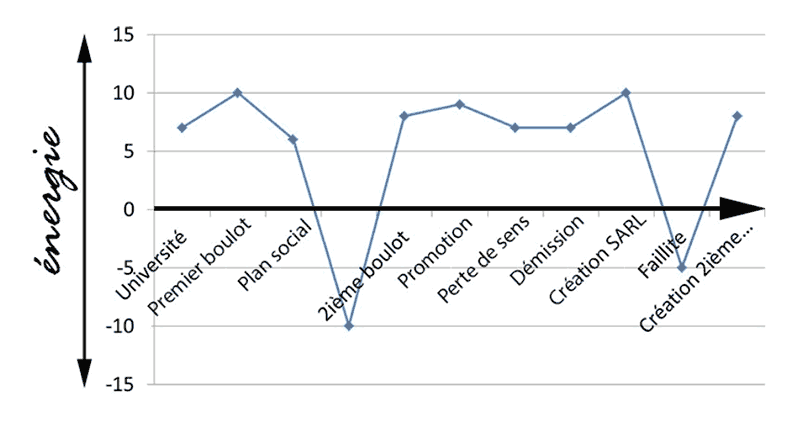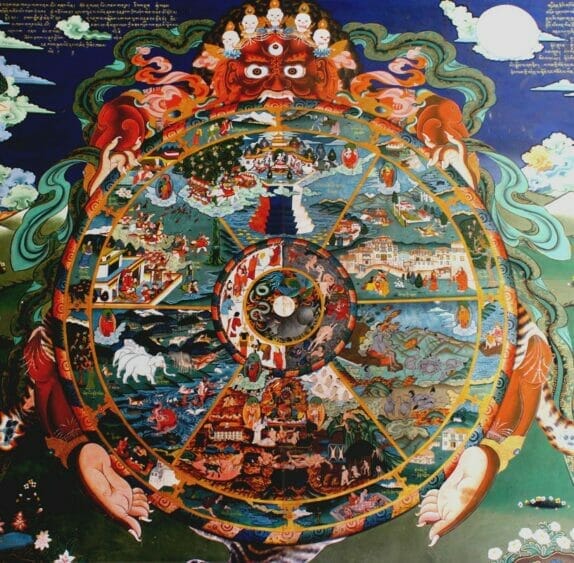April 26, 2002 – What is the relationship between aging, baldness and freckles? A hint: the three finished in the top ten of the list given to us by the British Medical Journal (BMJ) in April.1 Topping the list is aging, followed by work, boredom, dark circles under the eyes, ignorance, baldness, freckles, big ears, gray or gray hair, and ugliness. Symptoms of jet lag, cellulite and hangovers follow closely behind. So, are you giving the cat your tongue?
Despite the increasing medicalization to which they are the object, these small problems of life have been classified as “non-disease” according to the results of a survey carried out by the British weekly among its subscribers, for the most part. health professionals. Before submitting some 200 problems to them, the BMJ first established the following definition of non-disease: “Any condition or problem defined by some as being medical and for which a more favorable outcome or course could be obtained if” he was not considered as such ”.
The full list is all the more interesting given that several of the “non-diseases” appear in some official classifications as diseases, most notably baldness or symptoms of jet lag. The main purpose of this poll was to illustrate the shift in the very concept of disease and to initiate debate about the growing tendency to classify human problems as disease.
The BMJ looked into the consequences of this shift, in particular the benefits that the various players in the medical system can derive from it. Seeing their condition become an illness may benefit the “new patient” as they become eligible for certain sickness benefits or financial assistance. He may even gain moral support from others, access to services reserved for the sick and exemption from certain commitments including work.2 This change of status therefore pushes him to take his responsibility away from him and to be taken care of. The medical specialist, on the other hand, feels more at ease in a medical field and this stimulates his status, his influence and his income.
But, the big winners from this medicalization of the problems are undoubtedly the pharmaceutical companies. Raising awareness of medical conditions so that these can then be seen as illnesses or generate concern and fear is indeed part of their marketing strategies to expand their markets. 3 More independent information on diseases and non-diseases should be available wishes the BMJ in recommending always checking sources and beware of information published by a pharmaceutical company.
The Journal adds that in general, a person is more likely to come out of a problem than an illness because they will call on their own inner resources to find solutions. The debate has already provoked many reactions among health professionals. Now it’s our turn to ask ourselves the question: “Do I have a problem or an illness?” ”
Élisabeth Mercader – PasseportSanté.net
According to National Post, April 12, 2002.
1. British Medical Journal. What do you think is a non-disease? [Consulté le 25 avril 2002]. http://bmj.com/cgi/content/full/324/7334/DC1
2. British Medical Journal. In search of “non-disease”. [Consulté le 25 avril 2002]. http://bmj.com/cgi/content/full/324/7342/883
3. British Medical Journal. Selling sickness: the pharmaceutical industry and disease mongering. [Consulté le 25 avril 2002]. http://bmj.com/cgi/content/full/324/7342/886














